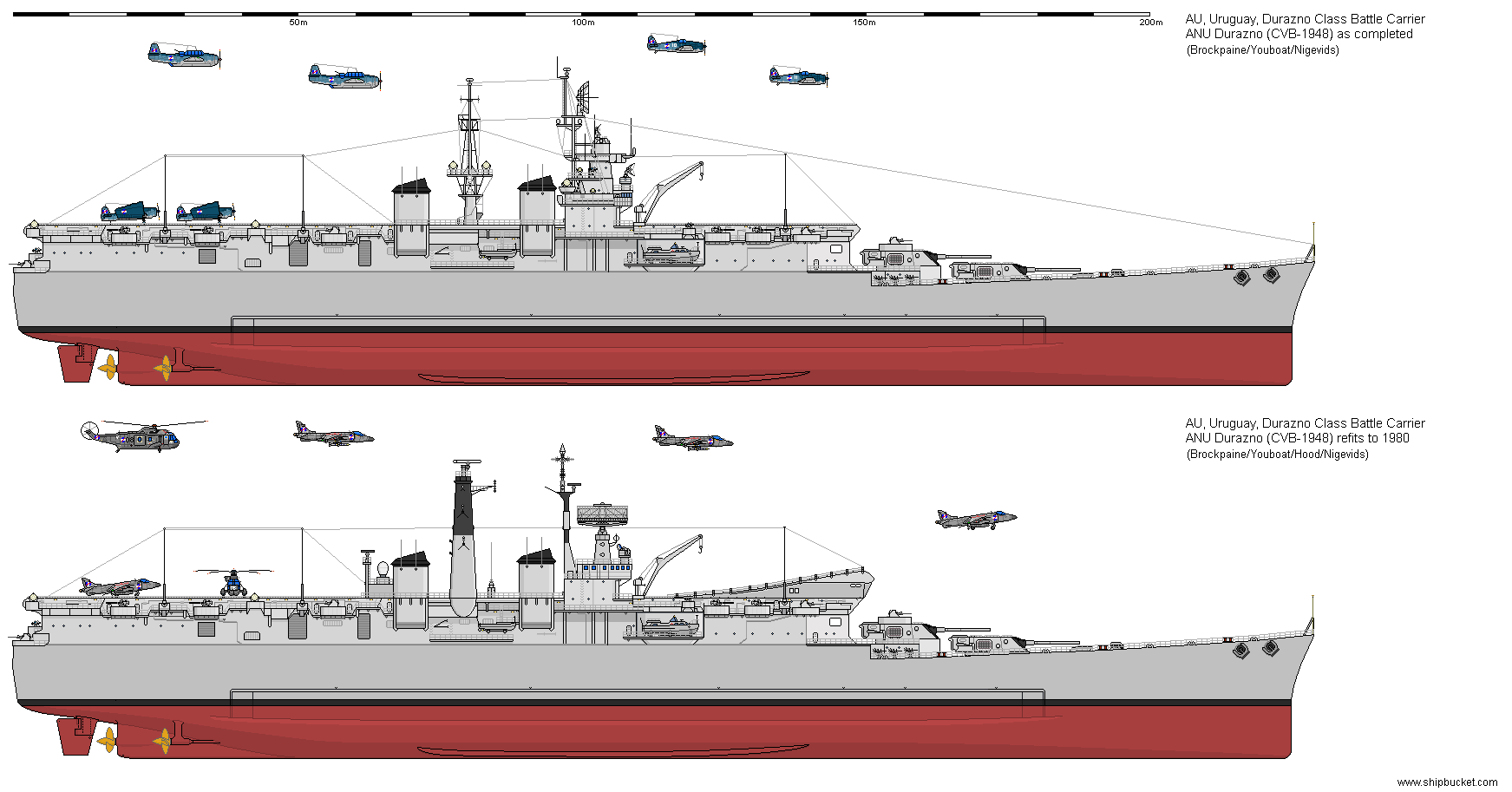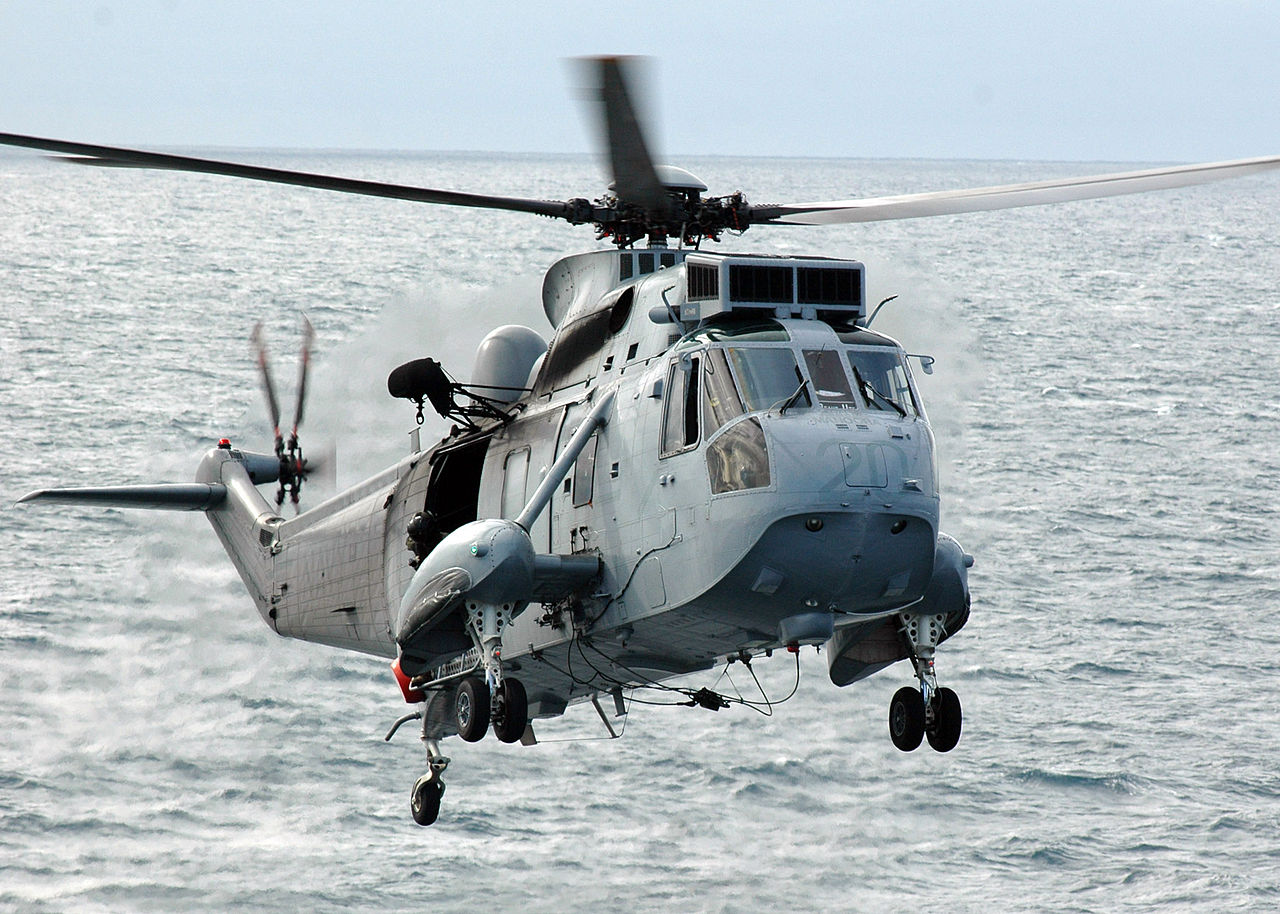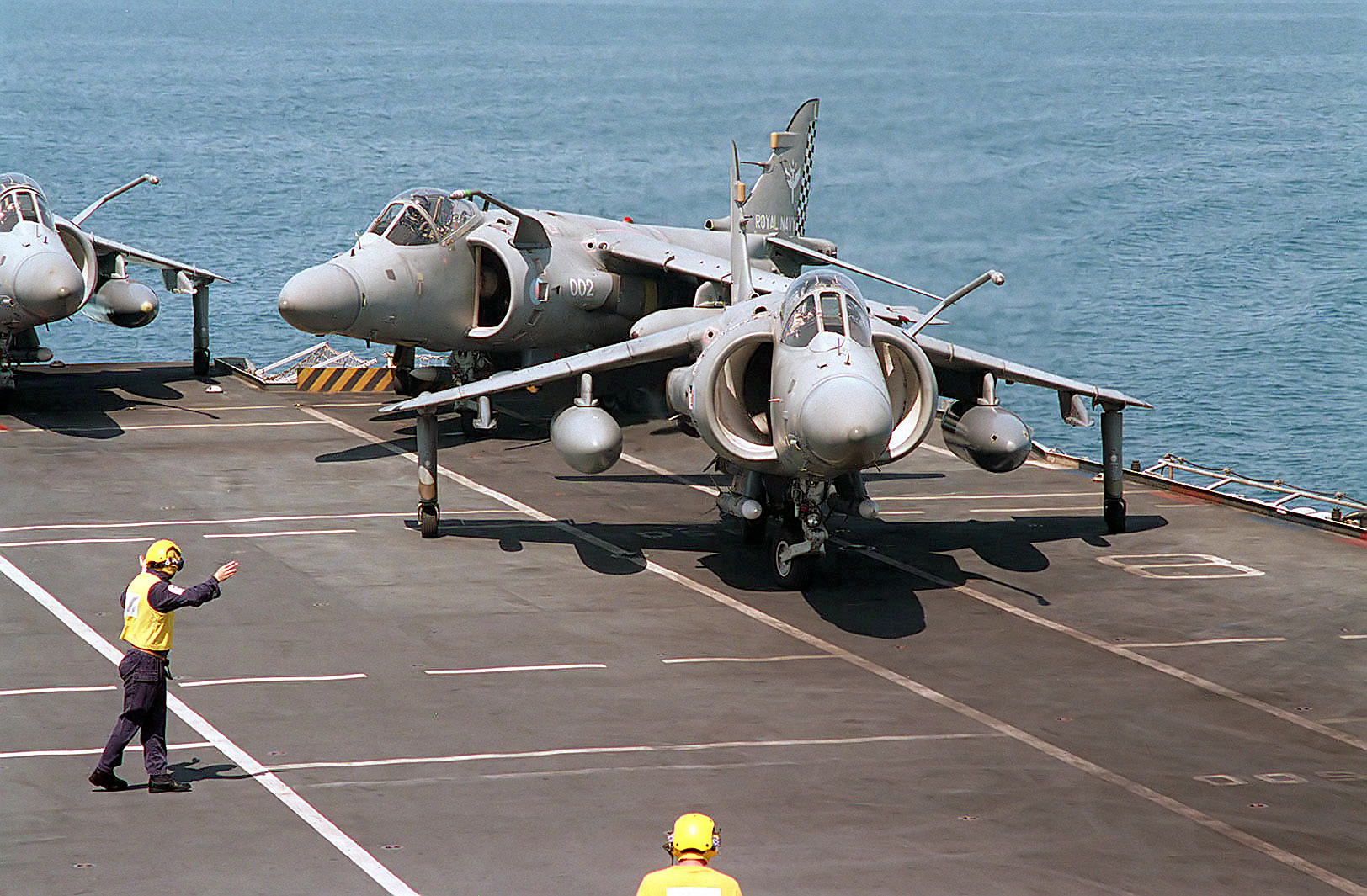ANU Durazno (BCV-1948)
Back to Special Projects page:
The Uruguyan Navy being so small, every ship in it had to be a multi-role
vessel. With the end of World War Two the Uruguayan Navy went shopping. It new
what it wanted. A battlecruiser/battleship that could be converted into a battle
carrier. With guns forward and what would amount to an escort carrier aft. In
the building yards of the US Navy they found what they were looking for. A
Virginia class battleship.
Plans were made with the dockyard concerned to convert the battleship to a
battle carrier. Adding that much superstructure required the removal of a lot of
armour, normally fitted to a battleship, so that a 20 foot high hangar could be
fitted. What made the ship perfect for conversion was the breadth of the ship at
106 feet. This gave plenty of room for storage of aircraft. The flightdeck was
482 feet long, as good as most escort carriers.

On completion in 1948 the ships air complement was 24 Avengers, 18 in the
torpedo bomber configuration and 6 in the ASW configuration. 18 Hellcat fighters
were carried, 12 as day fighters, and 6 configured for nightfighting. These
aircraft lasted through to 1959 when they were replaced with 12 Fairey Gannets
and 12 Sea Fury aircraft. The ship could have carried more but the ANU was short
of funds. So why the change from US to British aircraft? The British were still
producing slow prop aircraft that could be launched from the Durazno, while the
US was building aircraft that could operate off their big Essex, Midway and
Forrestal class carriers. During the 1960's two lots of 6 helicopters were added
to the complement to give a total of 36 aircraft aboard. The Durazno was
considered too short for jet aircraft during the 1950-70 period. The Gannets
were replaced with 18 more helicopters as those became better and better for ASW
duties. The ship retained the Sea Furies through to 1974 as the major strike
aircraft.

1975 and the Durazno was taken in hand for a major refit in the UK shipyards to
update the aviation facilities and electronic outfit. The old superstructure and
masts were cut down and replaced with modern units to carry the new electronic
warfare units and equipment. The 14" weapons were to be controlled by the MSR-3
director that was tied into the other radar units on the ship. The biggest
addition was the fitting of a 'ski jump' so that the Durazno could operate the
Harrier jump-jet aircraft. The other aircraft aboard were still the helicopters
of the Sea King type for ASW duties.
.jpg)
During all of this period, the Durazno carried the same armament as it had been
completed with. The investigations of upgrading the AA armament with missiles
such as SeaCat and other point defence equipment, shocked the ANU with the
price. Investment in command and control functions and aircraft operating
facilities was considered more important. To provide some form of 'missile'
defence the ANU bought half a dozen Stinger shoulder mounted units and kept the
old armament aboard. At one stage when operating in the Persian gulf with the
other Allied nations, it was found that the quad 40mm with their directors were
very good at shredding the 'Zodiac' attack boats used by the insurgents against
Allied Fleet units.
The Durazno was to operate in this guise through to 1995 by which time a new
command ship / aircraft carrier was to have been sourced to replace it.
Something like HMS Ocean
would suit them very nicely.
The Sea King was the ASW aircraft of choice aboard the Durazno during its last
period of service.

| Displacement |
37,100 tons std, 43,500 tons full load |
| Length |
750 ft |
| Breadth |
106 ft (hull), 112 ft (flightdeck), 126 ft (over
sponsons) |
| Draught |
30 ft |
| Machinery |
4 shaft Steam turbines 140,000shp |
| Speed |
30 knots |
| Range |
9000 miles at 15 knots |
| Armour |
4" side, 2" deck |
| Armament |
6 x 14" (2x3)
8 x 3" (8x1)
28 x 40mm (7x4) |
| Aircraft |
42 maximum. |
| Complement |
1725 - 1840 |
| Notes |
ANU Durazno - deleted from navy list 1995, scrapped 1996. |
First Sea Harriers purchased second hand from the Royal Navy. Twelve of these
excellent aircraft served aboard the Durazno, at any one time, as its strike
squadron. On the scrapping of the Durazno the Sea Harriers operated from shore
bases till a replacement was found for the Durazno.

Back to Special Projects page:


.jpg)

